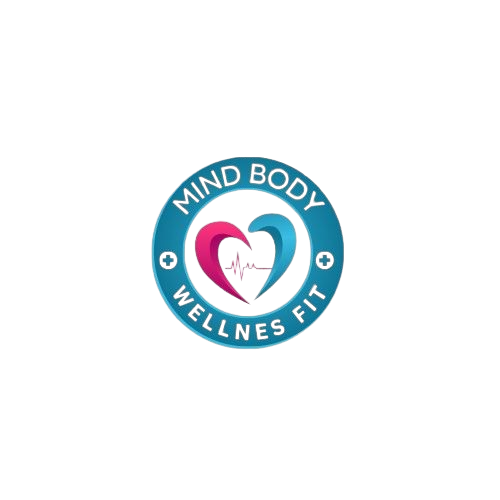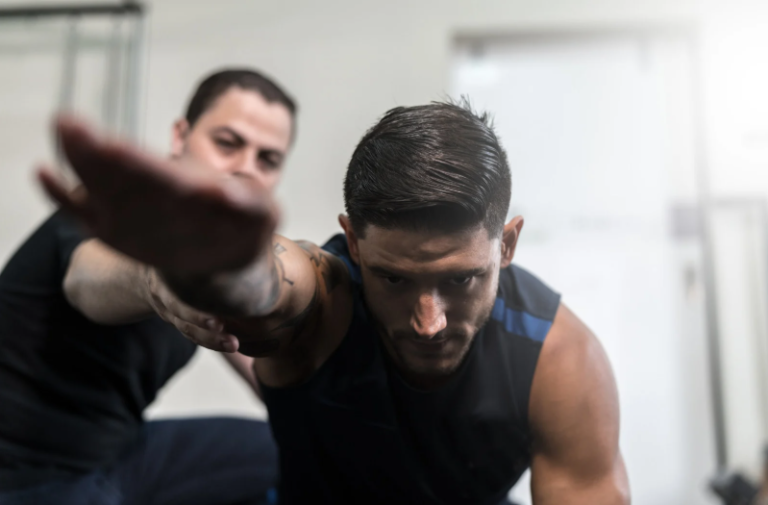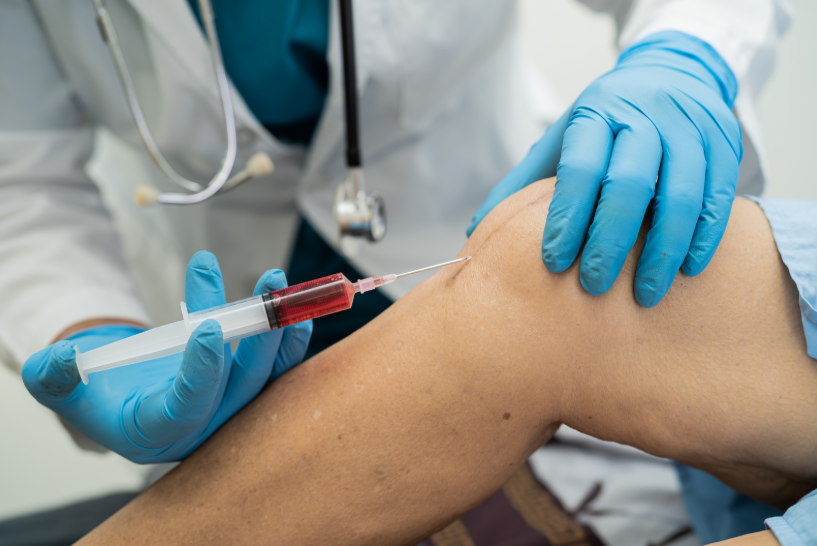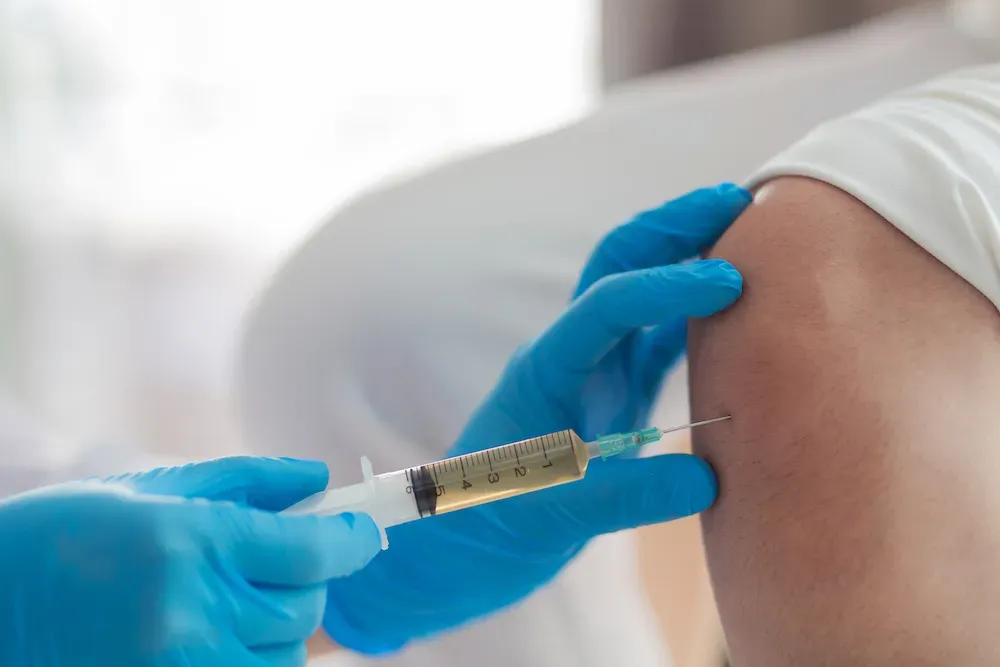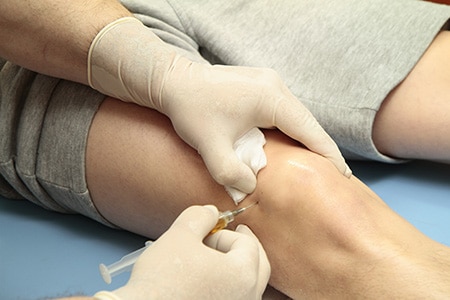Sports injuries can disrupt an athlete’s performance, delay goals, and impact long-term health if not properly treated. Whether you’re a professional competitor or a weekend warrior, choosing the right rehabilitation approach is essential for a full recovery.
One of the most important factors in effective recovery is using evidence-based treatments—rehab techniques backed by scientific research and clinical outcomes. These strategies help ensure that athletes return to their sport safely, efficiently, and with reduced risk of reinjury.
Here are the top five evidence-based treatments widely used in sports injury rehabilitation, trusted by professionals like Osteopractic Physical Therapy of Central Indiana, a leading provider of advanced rehab services for athletes across all levels.
Therapeutic Exercise Programs
Therapeutic exercises are the foundation of sports injury rehab. These programs include a blend of strengthening, flexibility, balance, and neuromuscular control exercises designed to restore normal function and prevent future injuries.
Why It Works:
- Enhances muscular strength and joint stability
- Restores range of motion and flexibility
- Improves movement coordination and motor control
Research Insight: Numerous clinical studies support the use of progressive resistance training for conditions like ACL tears, shoulder dislocations, and ankle sprains. When done correctly and consistently, exercise therapy significantly reduces recovery time and improves outcomes.
Used for:
- Ligament injuries
- Post-surgical recovery
- Tendinopathies
- Chronic overuse conditions
Manual Therapy
Manual therapy includes hands-on techniques such as joint mobilization, myofascial release, and soft tissue manipulation. These approaches are often integrated with exercise for more comprehensive rehabilitation.
Why It Works:
- Alleviates pain through mobilizing stiff joints and tight tissues
- Increases circulation to support healing
- Enhances functional movement and posture
Clinical Evidence: Manual therapy, especially when combined with therapeutic exercise, has shown measurable success in reducing recovery time in patients with neck pain, lower back pain, and joint dysfunction.
Used for:
- Joint stiffness
- Muscle tension
- Limited mobility
- Post-injury scar tissue
Cryotherapy and Thermotherapy
Using cold and heat appropriately can help manage inflammation, pain, and muscle tightness during different phases of injury recovery.
Cryotherapy (Cold Therapy):
- Reduces inflammation and swelling
- Numbs acute pain
- Common in early-stage injury management
Thermotherapy (Heat Therapy):
- Relaxes tight muscles
- Improves tissue elasticity
- Increases blood flow to healing tissues
Evidence-Based Practice: Controlled studies have shown that timing is critical. Applying cold therapy in the acute phase and transitioning to heat as healing progresses supports optimal outcomes.
Used for:
- Acute soft tissue injuries
- Muscle strains
- Joint pain
- Tendon issues
Neuromuscular Electrical Stimulation (NMES)
NMES is a high-tech therapy that uses electrical impulses to stimulate muscle contraction. This is especially helpful when muscles are weak due to injury or post-surgery immobilization.
Why It Works:
- Prevents muscle atrophy during inactivity
- Re-educates neuromuscular patterns
- Supports faster strength restoration
Research-Based Benefits: Studies show that NMES improves quadriceps strength post-knee surgery and enhances motor control in athletes recovering from shoulder instability.
Used for:
- Muscle inhibition after injury or surgery
- Rebuilding strength
- Nerve-related muscle weakness
Progressive Return-to-Play Protocols
A key aspect of injury rehab is not just recovery, but reintegration into athletic performance. A progressive return-to-play (RTP) protocol follows a step-by-step plan that gradually increases intensity while monitoring safety and readiness.
Why It Works:
- Respects healing timelines
- Focuses on sport-specific tasks
- Tracks objective recovery metrics (e.g., strength, symmetry, hop tests)
Clinical Framework: These protocols are supported by research and often customized based on the type of sport, injury, and athlete goals. Tools like functional movement screens, agility testing, and psychological assessments are used to ensure athletes are ready both physically and mentally.
Used for:
- ACL reconstructions
- Concussion management
- Muscle tears
- Overuse injuries
Additional Considerations for Effective Rehab
Mental Health & Emotional Support
Rehabilitation isn’t just physical—it can be mentally taxing. Anxiety, fear of reinjury, and frustration can impact progress. Evidence suggests that athletes who receive psychological support alongside physical therapy show better outcomes.
Nutrition & Recovery
Proper nutrition and hydration accelerate tissue repair. Proteins, omega-3 fatty acids, and antioxidants can reduce inflammation and support cellular healing.
Sleep & Load Management
Rest plays a critical role in recovery. Overtraining or rushing rehab can lead to setbacks. Using technology to monitor load (training volume) helps in pacing rehab appropriately.
Why Choose Osteopractic Physical Therapy of Central Indiana?
When it comes to evidence-based sports injury treatments, Osteopractic Physical Therapy of Central Indiana is at the forefront. Their team combines clinical expertise, cutting-edge technology, and customized care plans to help athletes regain their strength, mobility, and confidence.
They offer:
- Advanced manual therapy techniques
- Functional strength and movement retraining
- Individualized return-to-sport protocols
- A patient-first approach rooted in current scientific research
Whether you’re recovering from a knee injury, shoulder pain, or a long-term overuse condition, their therapists are trained to apply proven, effective techniques for long-term recovery and peak performance.
When to Seek Help
If you’re experiencing any of the following symptoms after an injury, it’s time to consult a rehab professional:
- Ongoing pain or swelling
- Difficulty bearing weight or moving normally
- Weakness or instability
- Delayed recovery from a recent injury
Seeking help early allows for proper diagnosis and evidence-based treatment planning—reducing downtime and improving long-term health.
Takeaway
Rehabilitation isn’t just about healing—it’s about healing the right way. These top five evidence-based treatments—therapeutic exercise, manual therapy, cryotherapy/thermotherapy, NMES, and structured return-to-play protocols—are essential tools for any athlete serious about recovery.
By partnering with experienced professionals like those at Osteopractic Physical Therapy of Central Indiana, you gain access to science-backed care that puts your health and performance first.
